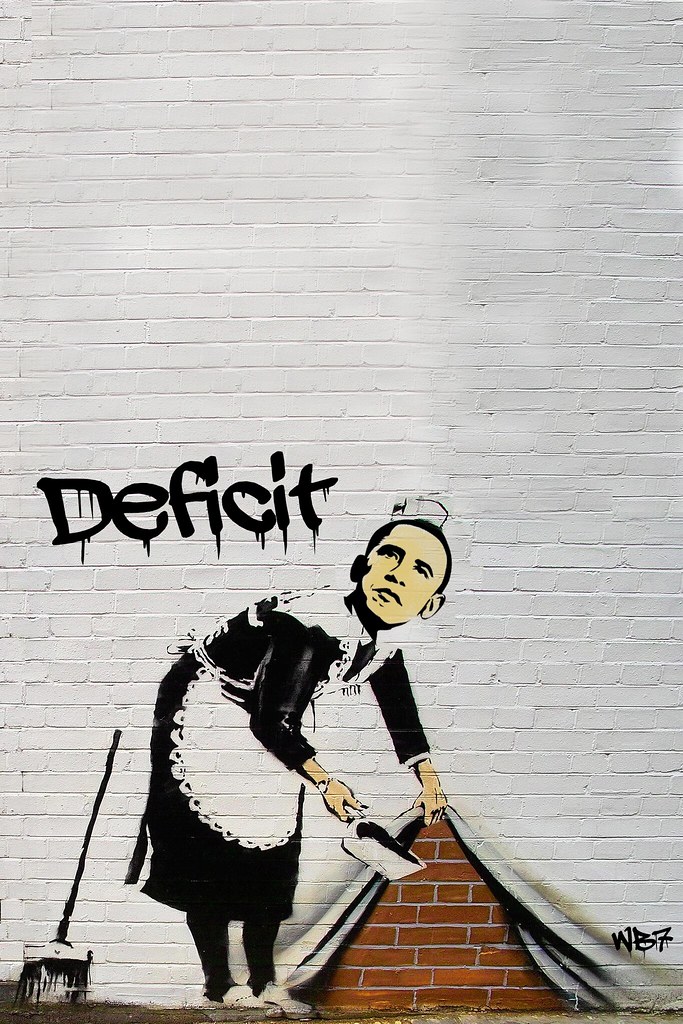Submitted by F.F. Wiley of Cyniconomics
Obamacare’s Unintended Consequences: It’s Not Just A Technology Problem

Ron Suskind’s Pulitzer Prize-winning account of Barack Obama’s first two years in office, Confidence Men, tells the inside story of the wheeling and dealing that culminated in the Affordable Care Act (ACA). According to Suskind:
By the time it passed, almost no one could feel great about it. The process had been so ugly – and the end product so convoluted – that even its fiercest apologists would acknowledge that it was a bill that was only a start.
We’re now getting a good look at exactly what Suskind’s “start” means, most recently with the launch of the insurance exchanges. Based on the latest reports, it appears to mean:
- Crony capitalism – see this report from the Sunlight Foundation (h/t Arnold Kling).
- Government secrecy – see this Wall Street Journal editorial.
- Prioritization of election politics over policies – see this report in the National Review.
- Inefficiencies and incompetence – see this article by Megan McArdle.
- Alternative realities – see Jon Stewart’s interview with Health and Human Services Secretary Kathleen Sebelius on The Daily Show (more on this below).
Unfortunately, these aren’t the worst of our problems. The HHS’s amateur hour created quite a stir, but it will eventually pass. Whether in three months or three years, programmers will iron out the new system’s “glitches.” We’ll then be left with more threatening and far-reaching challenges, such as hiring disincentives and fiscal risks.
If you agree with this perspective, you may also agree that two of last week’s most relevant blog posts weren’t related to break-downs in the insurance exchanges. These are:
- Tyler Durden parsed the Fed’s October 16th Beige Book release and found no less than eight references to the ACA’s effects on business activity. Here’s a typical observation reported by the Fed: “Many contacts also commented on reluctance to expand due to uncertainty surrounding the Affordable Care Act; some employers cut hours or employees.”
- Durden also shared a table reported by J.P. Morgan’s Michael Cembalest comparing estimated and actual costs for five Medicare programs, one Medicaid program and the Massachusetts state health reform of 2006. The data shows actual costs exceeding estimates by 107%, 129%, 150%, 644%, 817%, 1600% and 20%, respectively. And yet, we’re expected to believe the administration’s highly politicized projections that the ACA will be deficit neutral.
We recommend checking out both posts. They suggest the most important question we should be asking is not the one that Stewart repeated several times while grilling Sebelius: “Businesses were given a delay of a year, but individuals were not given that option, why is that?”
The bigger question is: “If the administration messed up so badly on the seemingly mundane task of building a website, how much will Obamacare damage the broader economy and the nation’s long-term fiscal health?”
The Stewart-Sebelius interview drew attention to the second question only briefly, when Stewart mentioned that employers were converting full-time workers to part-time due to the ACA. But he failed to challenge Sebelius’ weak response that “economists – not the anecdotal folks – but economists say there’s absolutely no evidence that part-time work is going up.”
This is exactly where an informed and unbiased interviewer would have dug further to expose the truth.
Contrary to the administration narrative that Sebelius was parroting, we showed in “’Anecdote This,’ Dr. Furman” that the evidence of an ACA part-time worker effect is conclusive. Not only are reports from so-called “anecdotal folks” too pervasive to be credibly dismissed, but the claim that part-time work hasn’t “gone up” is just plain wrong. Even though most employers are unlikely to finalize policy changes this far ahead of the ACA’s postponed employer mandate, government data shows that part-time jobs jumped sharply in the quarter before the postponement, while full-time jobs stagnated.
Getting back to Suskind’s observation that the ACA was only a “start,” it appears to be a rocky start based on the exchanges fiasco. We should be even more concerned about the part-time worker effect, broader effects shown in the Beige Book, and the history of health program costs. These are a few of the many reasons to expect an even rockier road ahead.
![]()
via Zero Hedge http://feedproxy.google.com/~r/zerohedge/feed/~3/MpRVr60I_Z4/story01.htm Tyler Durden




























